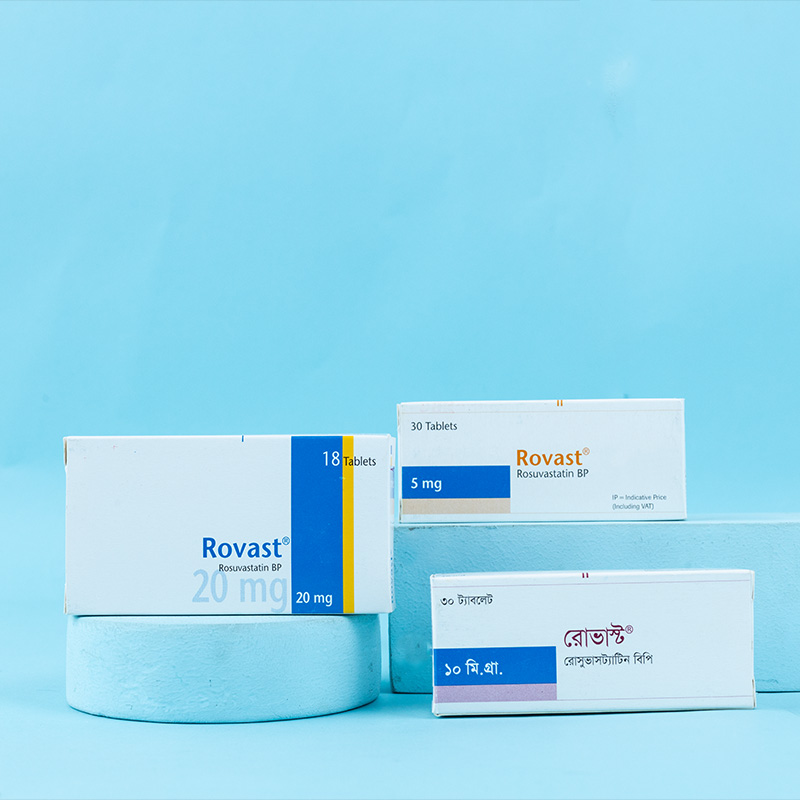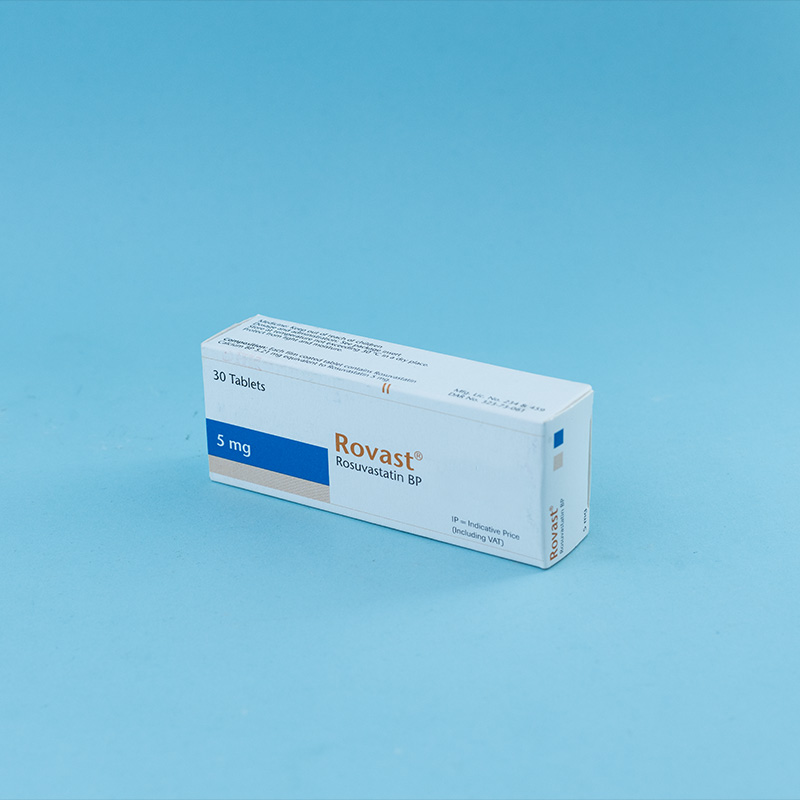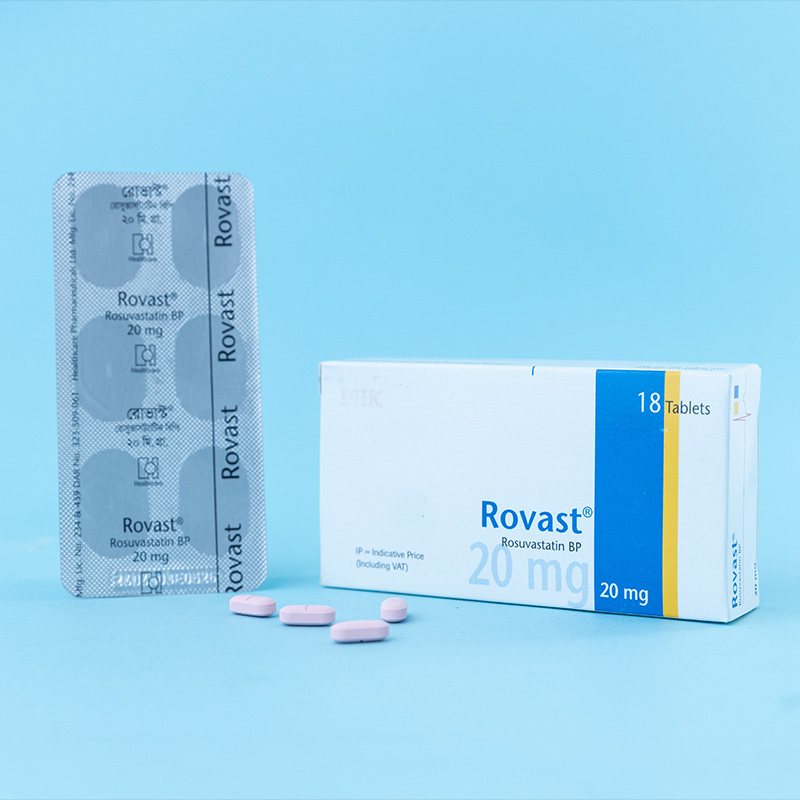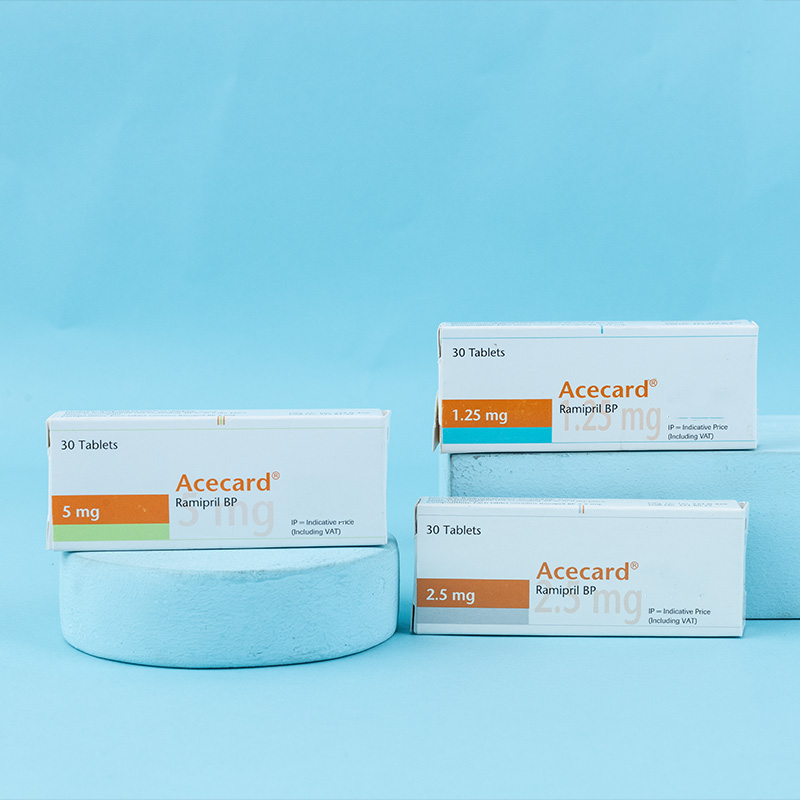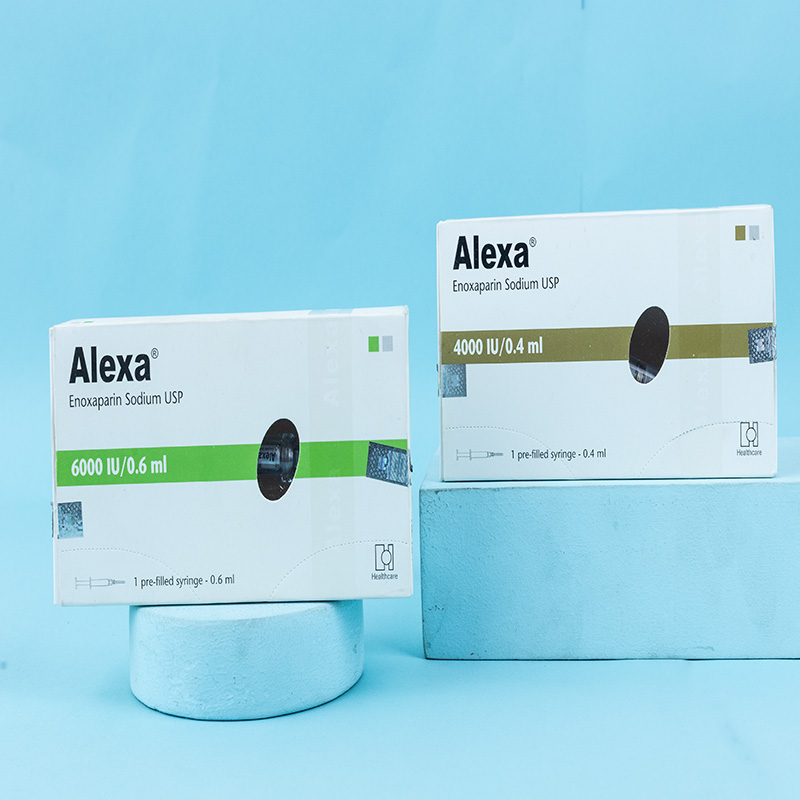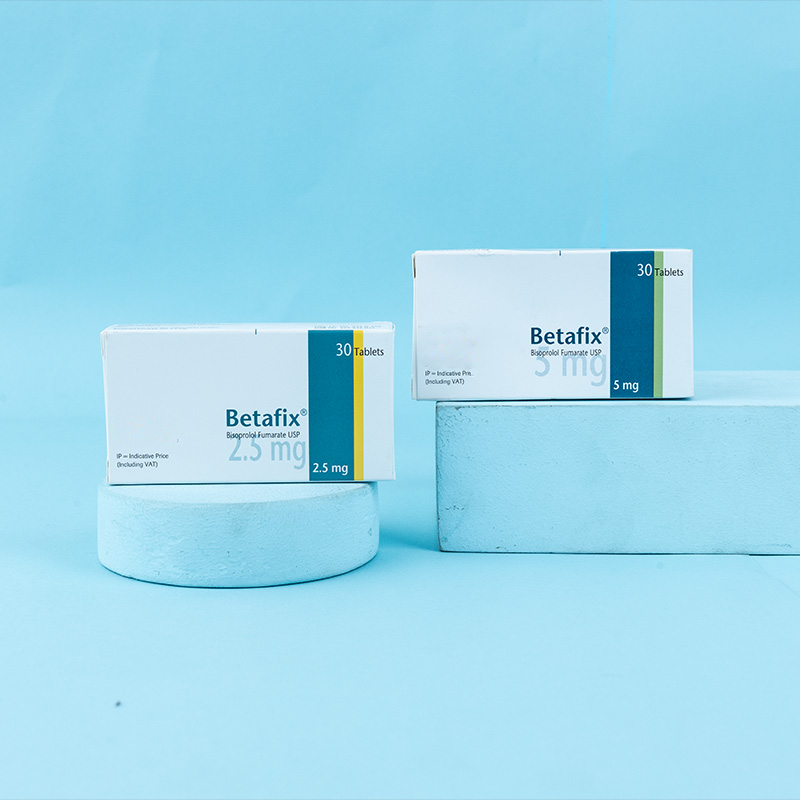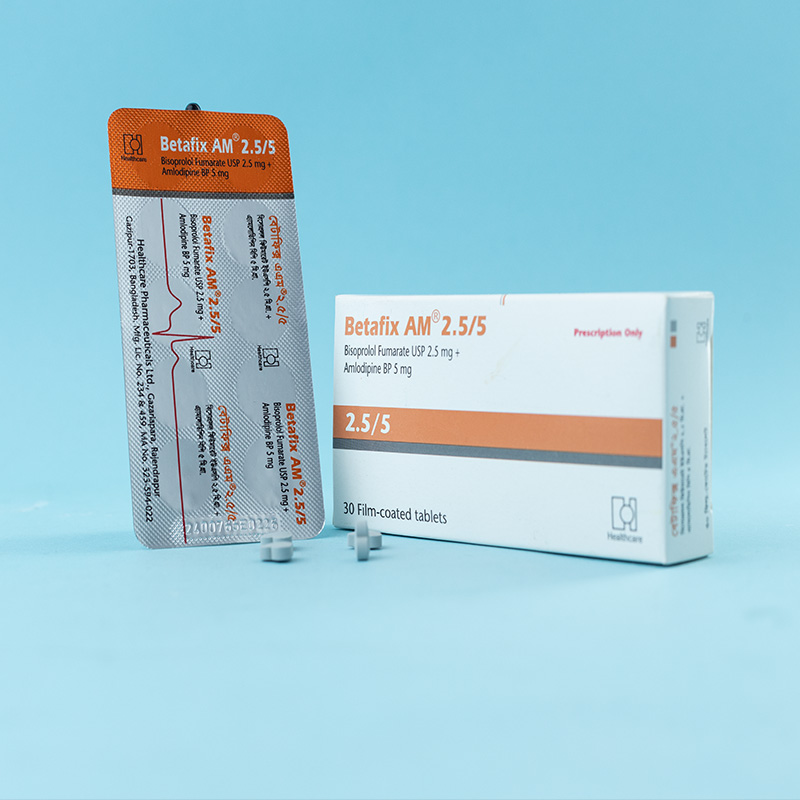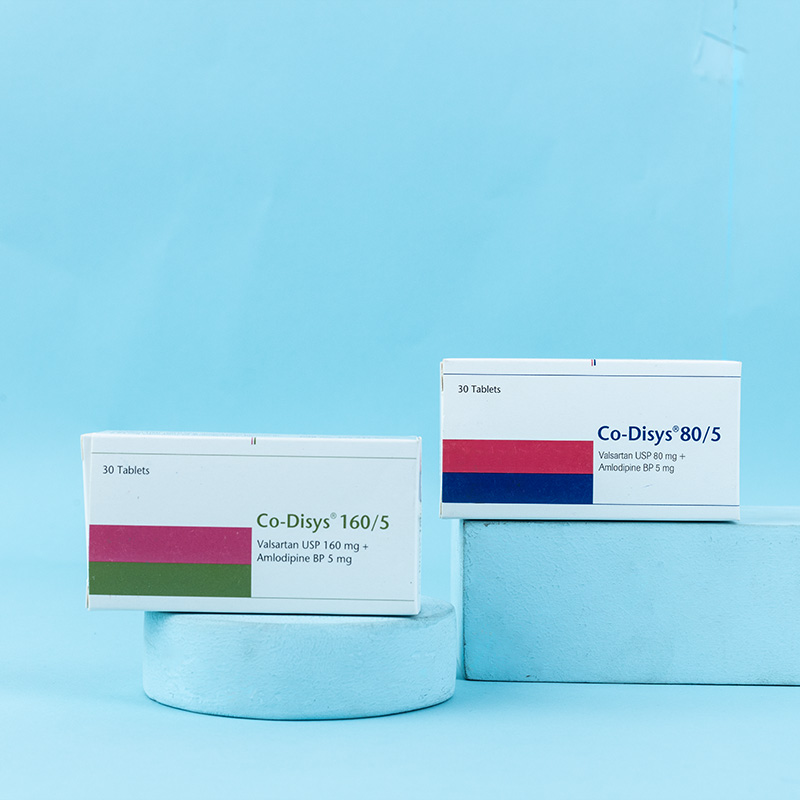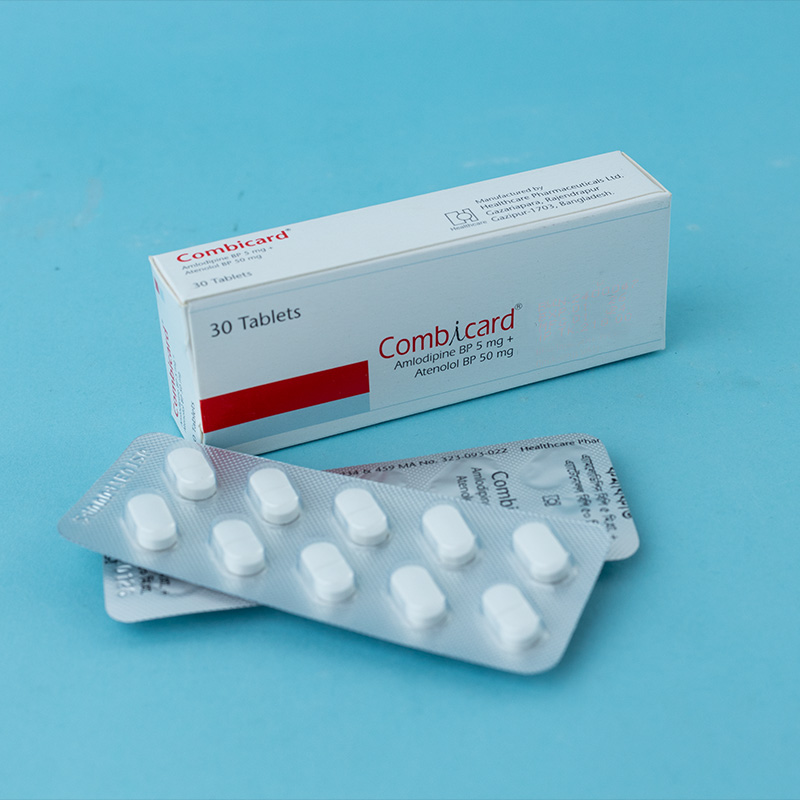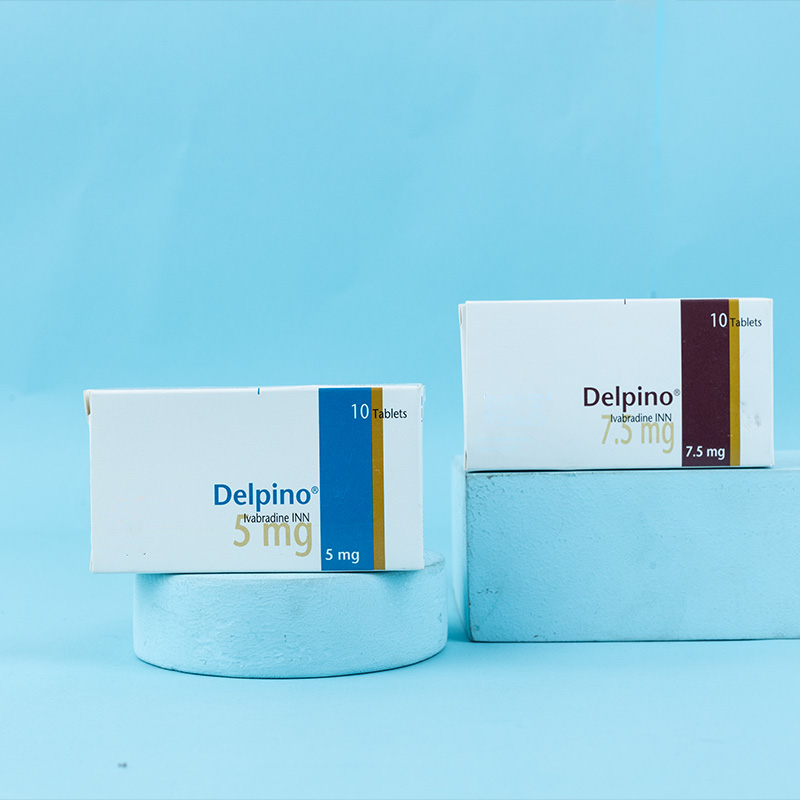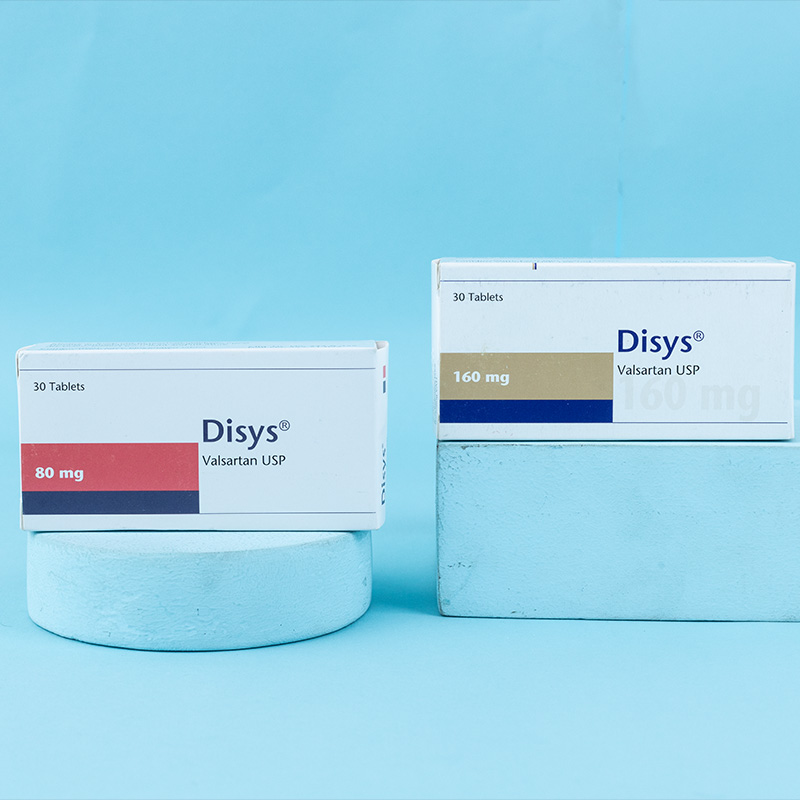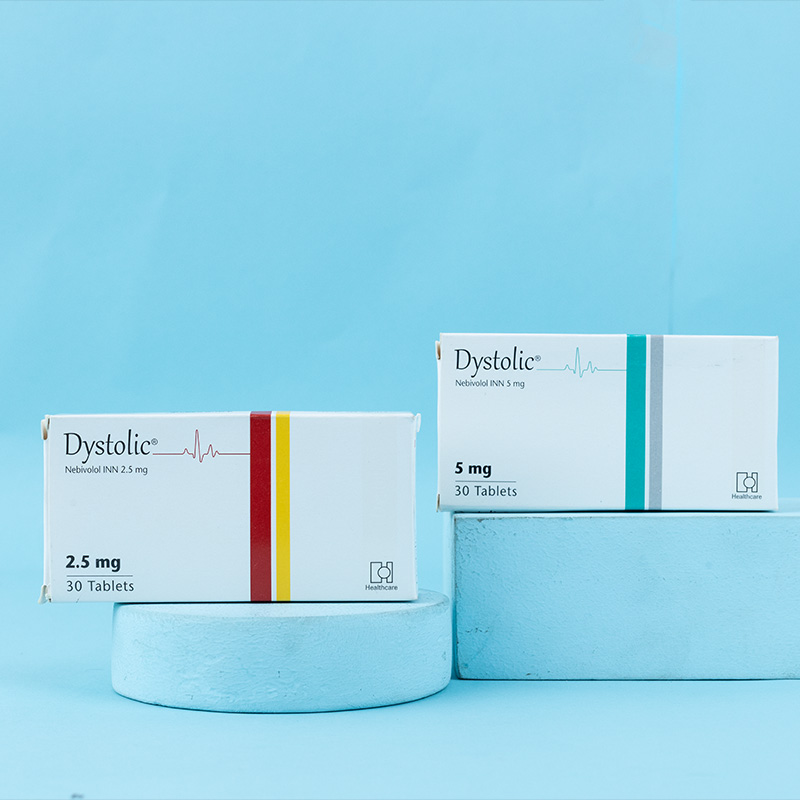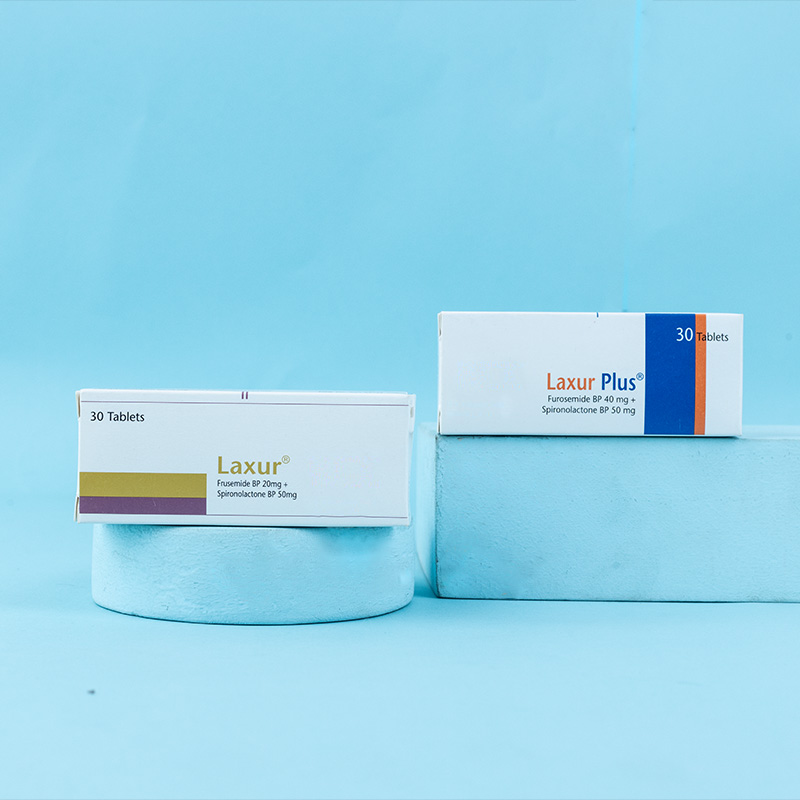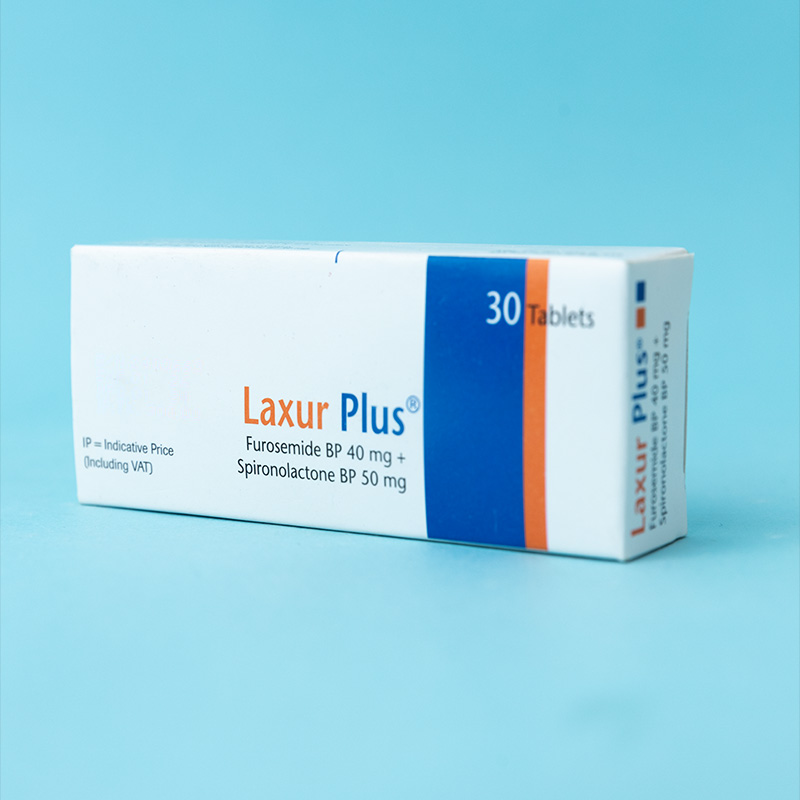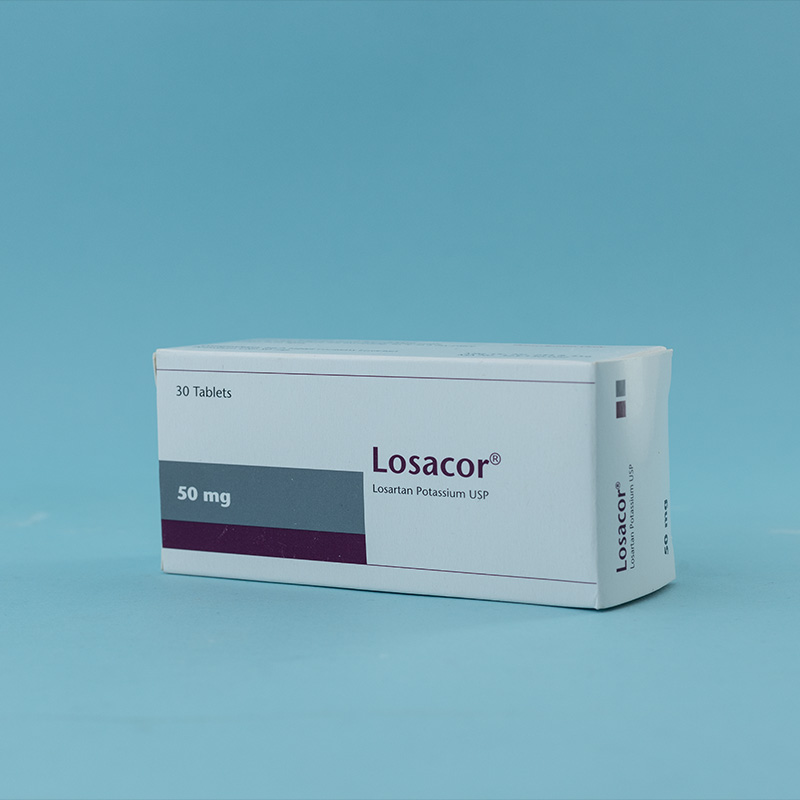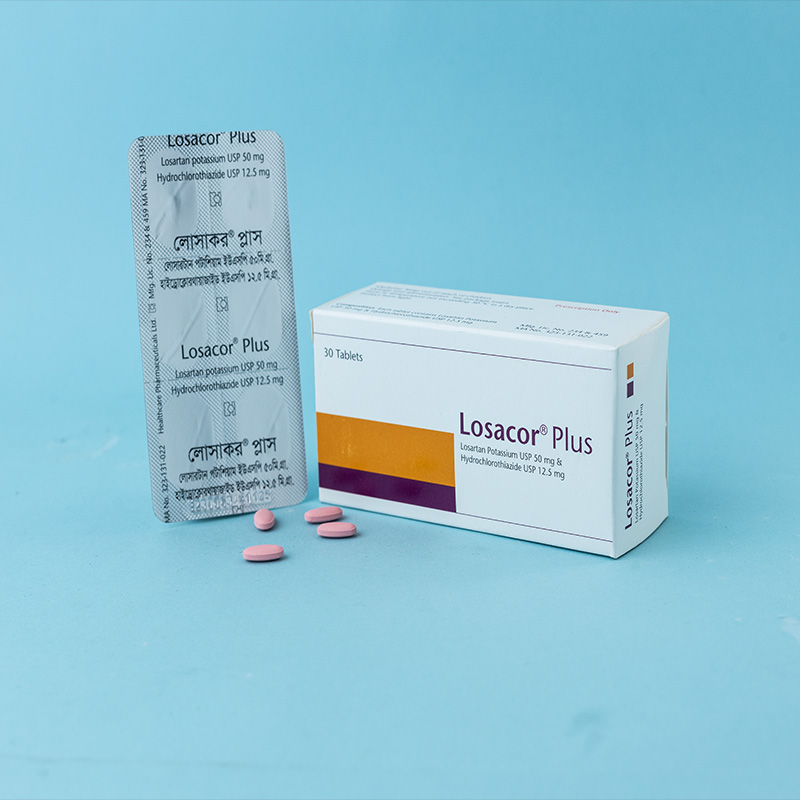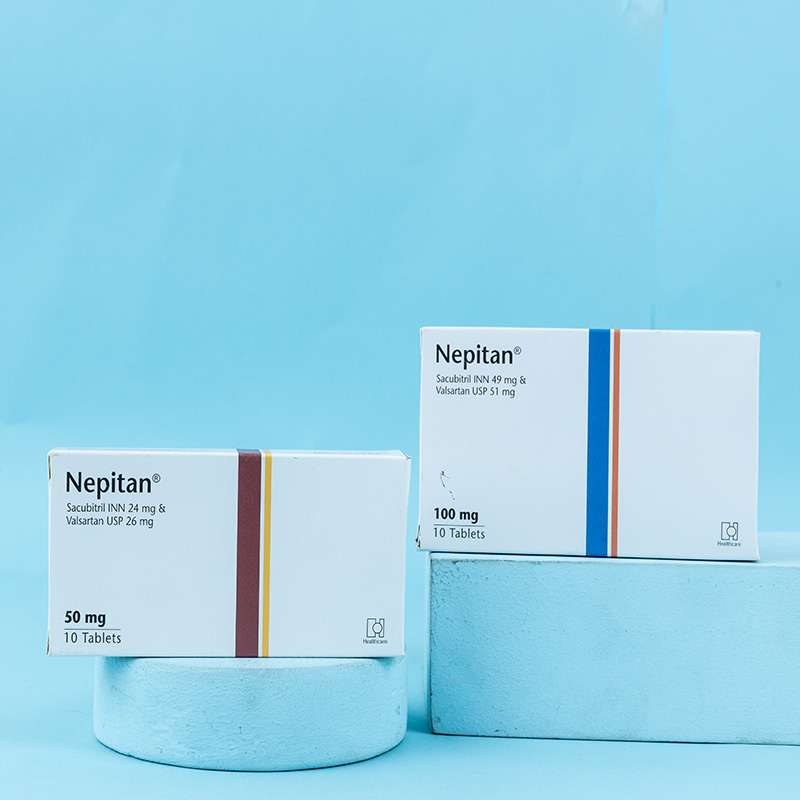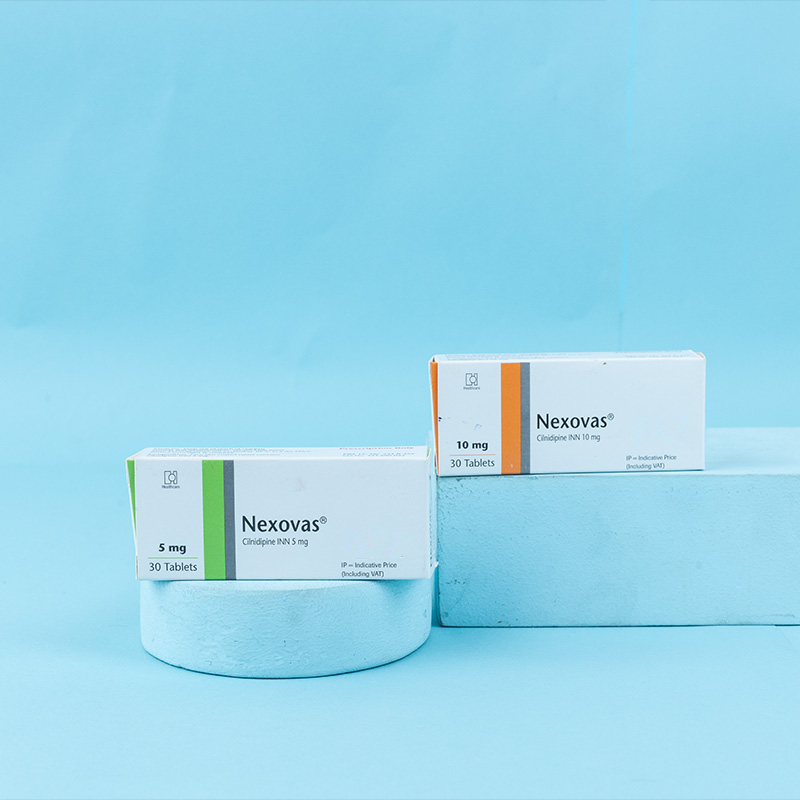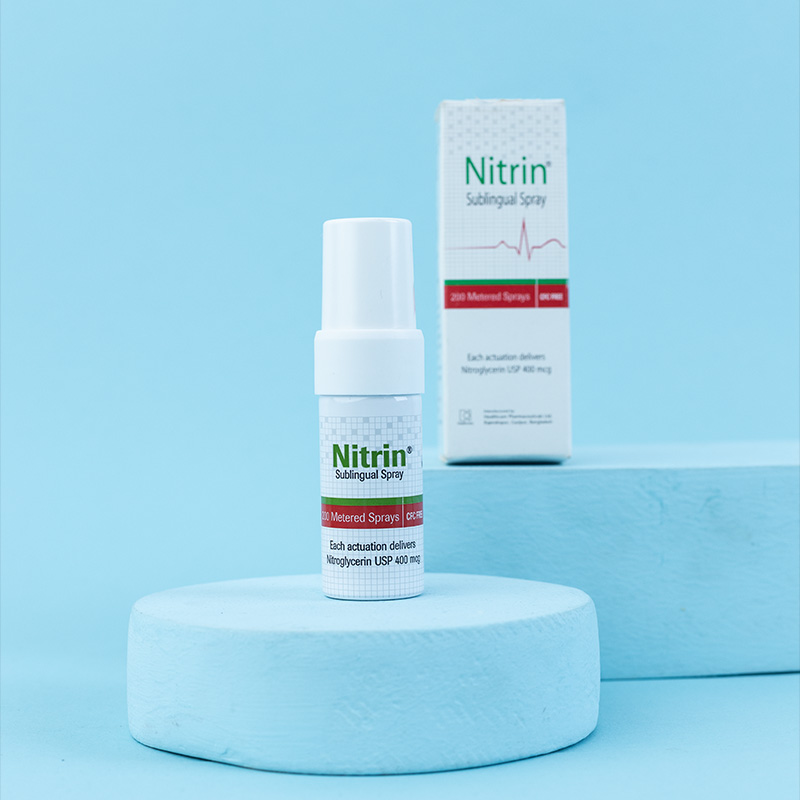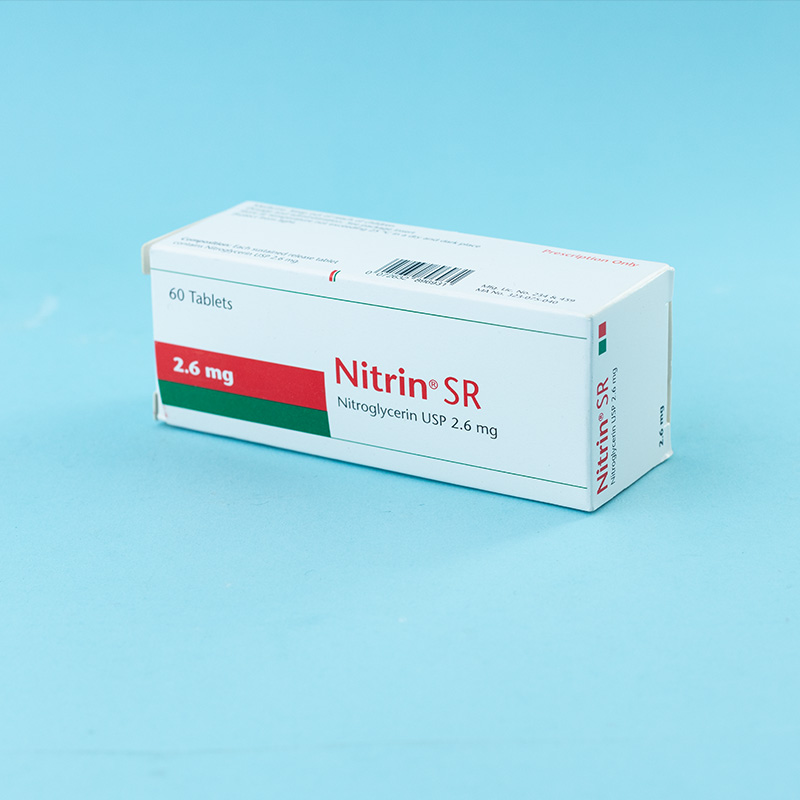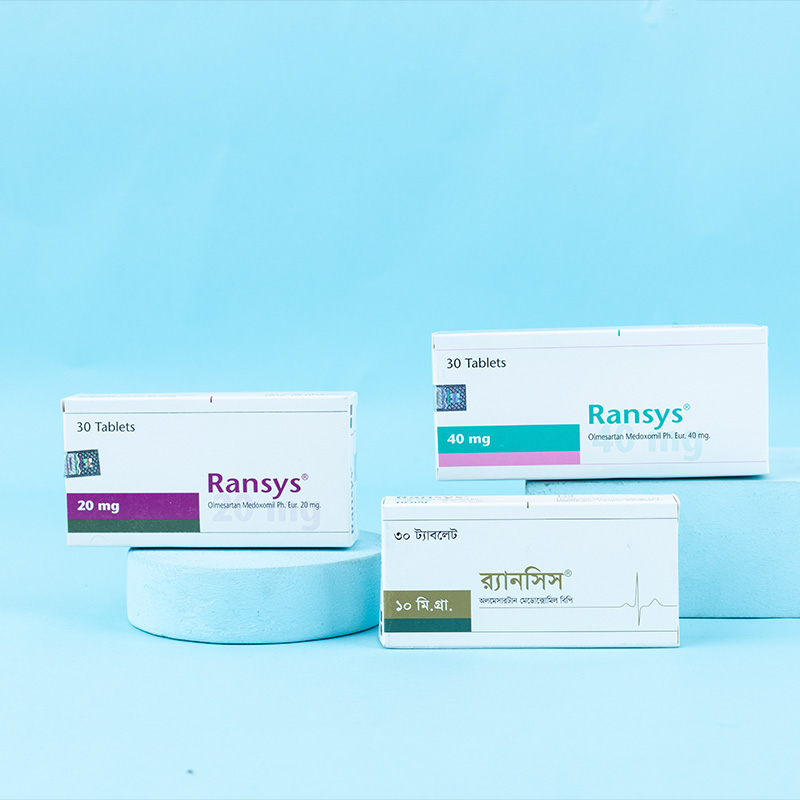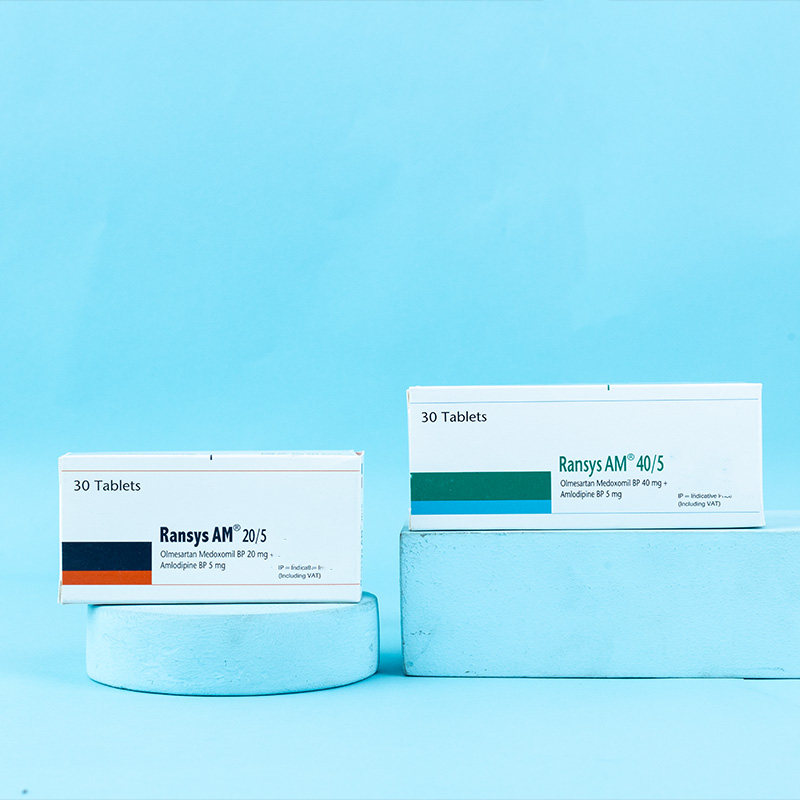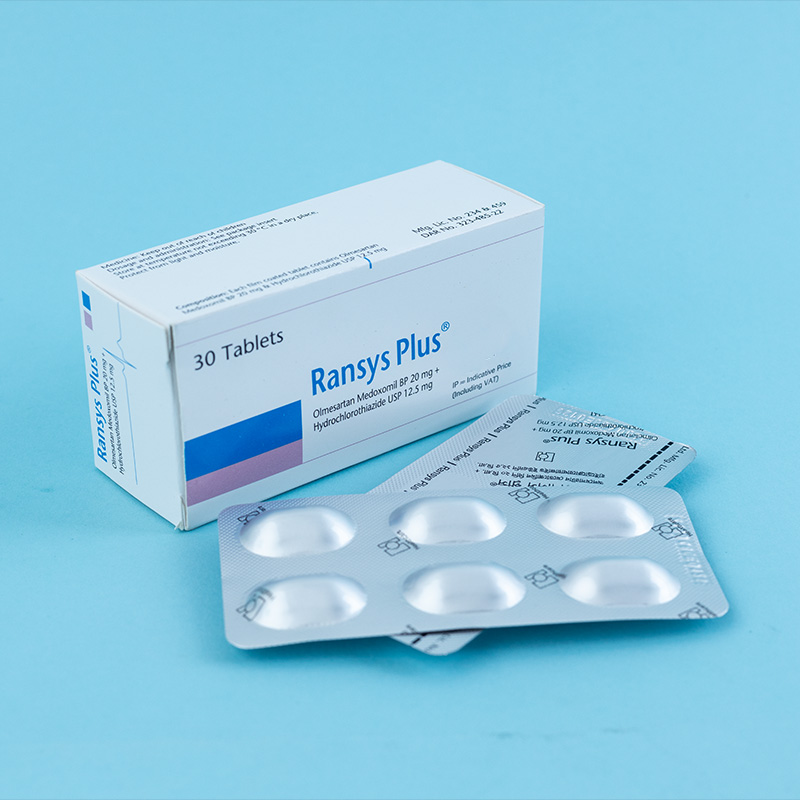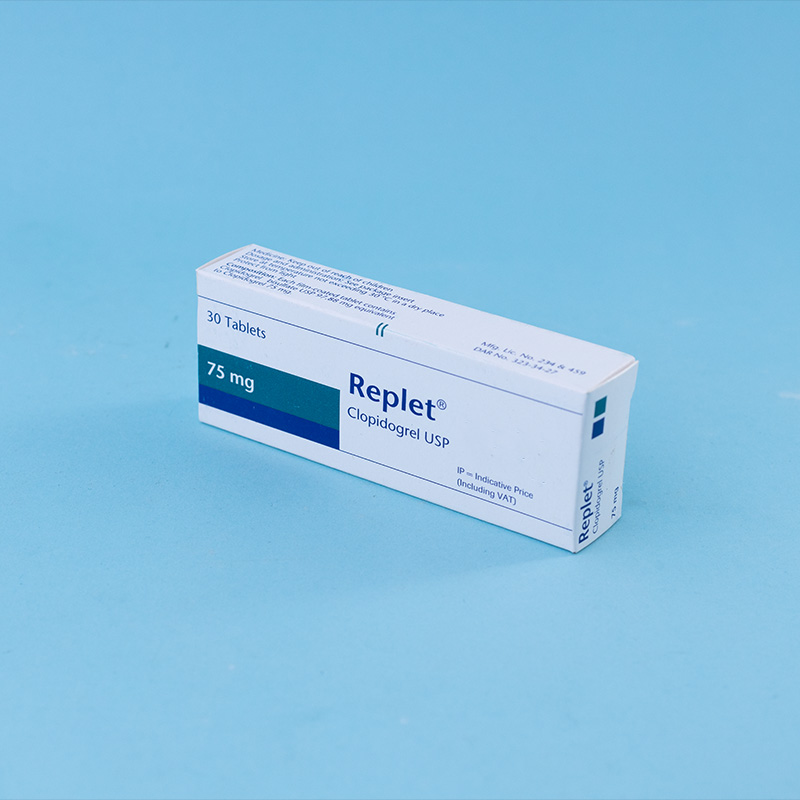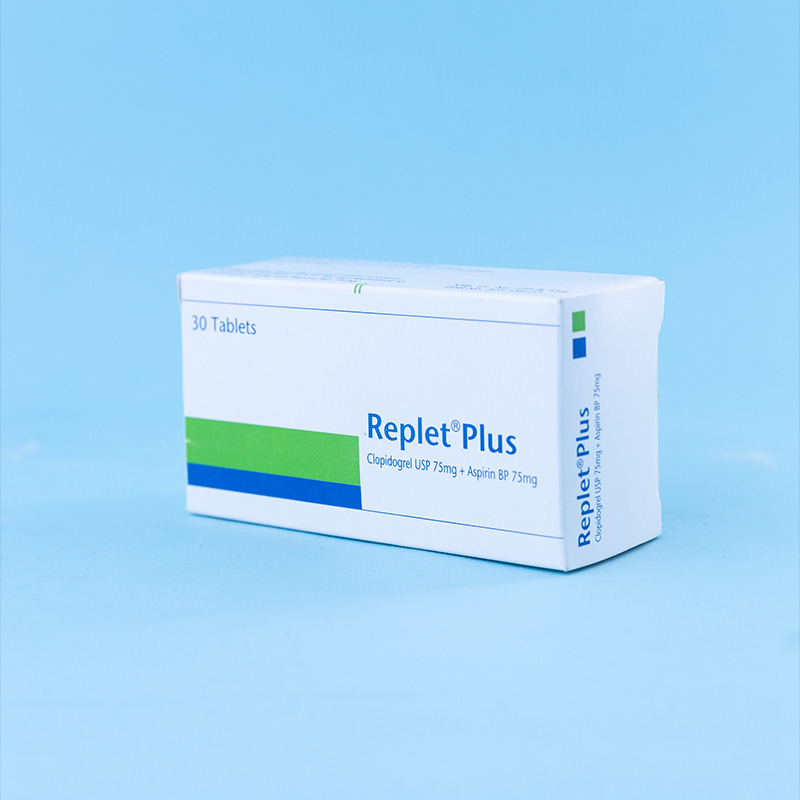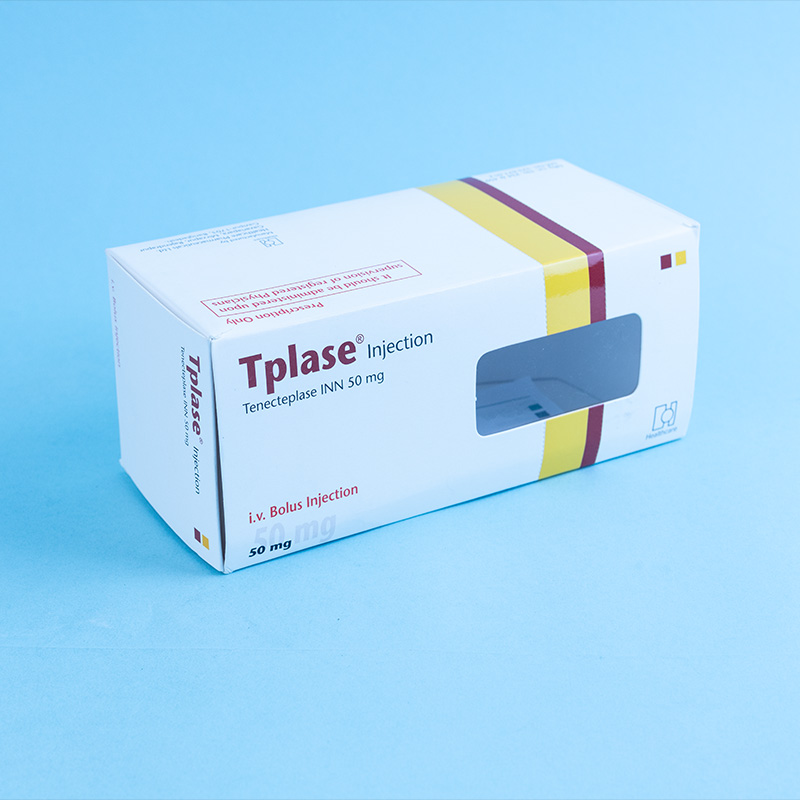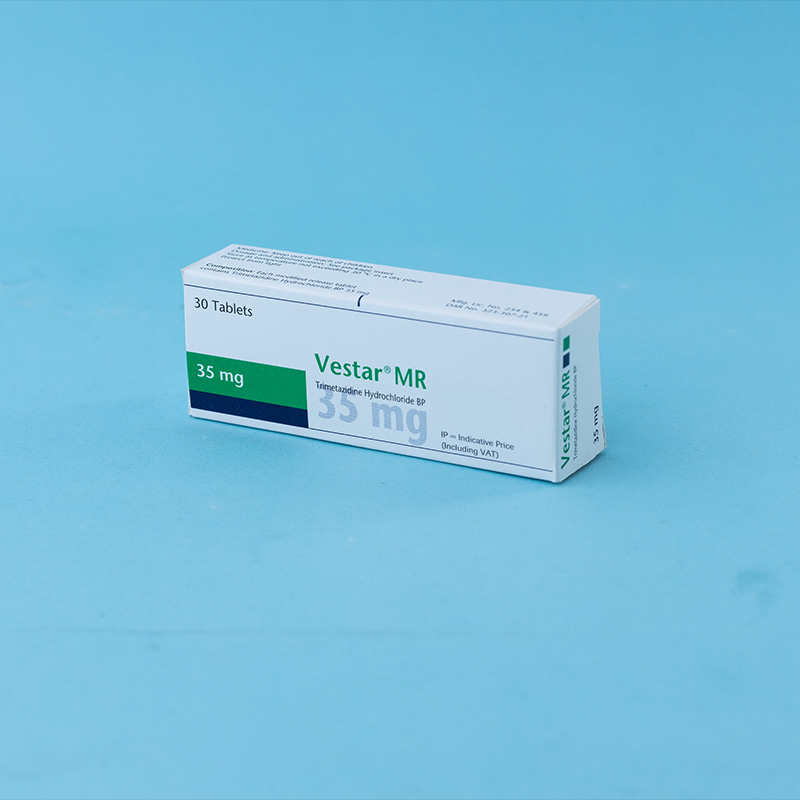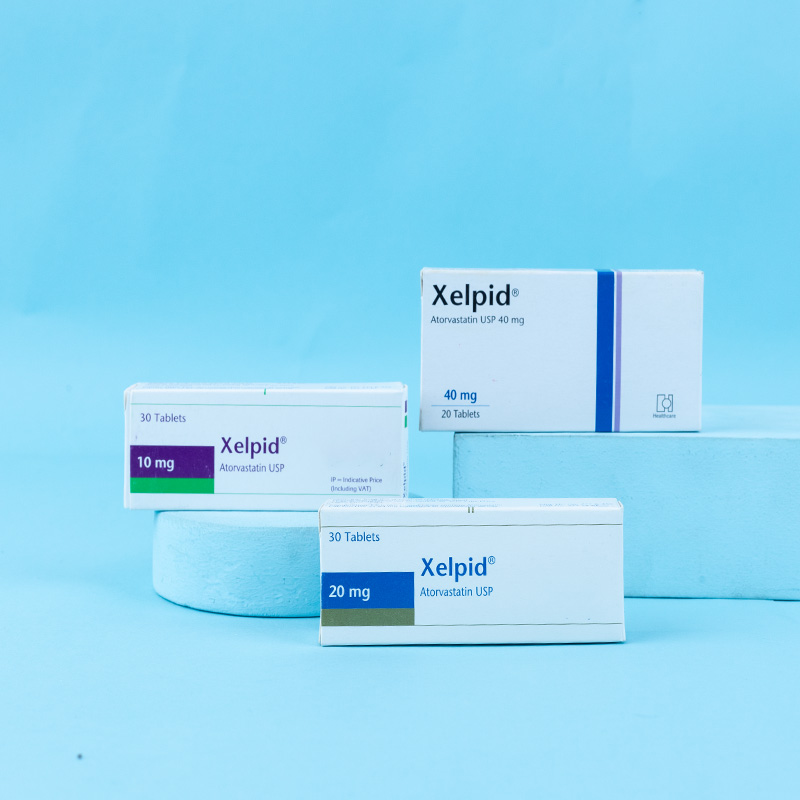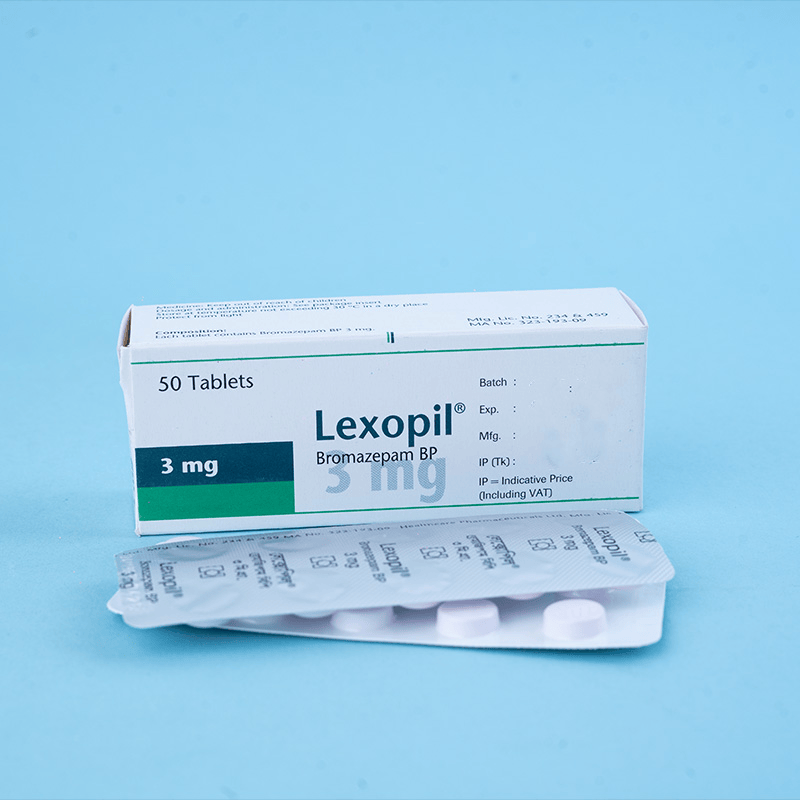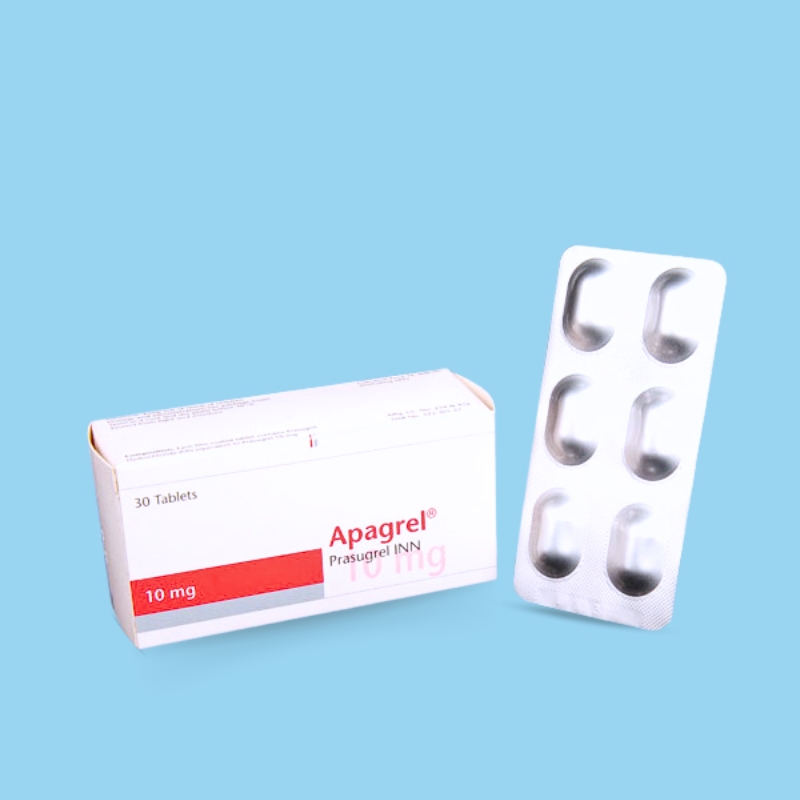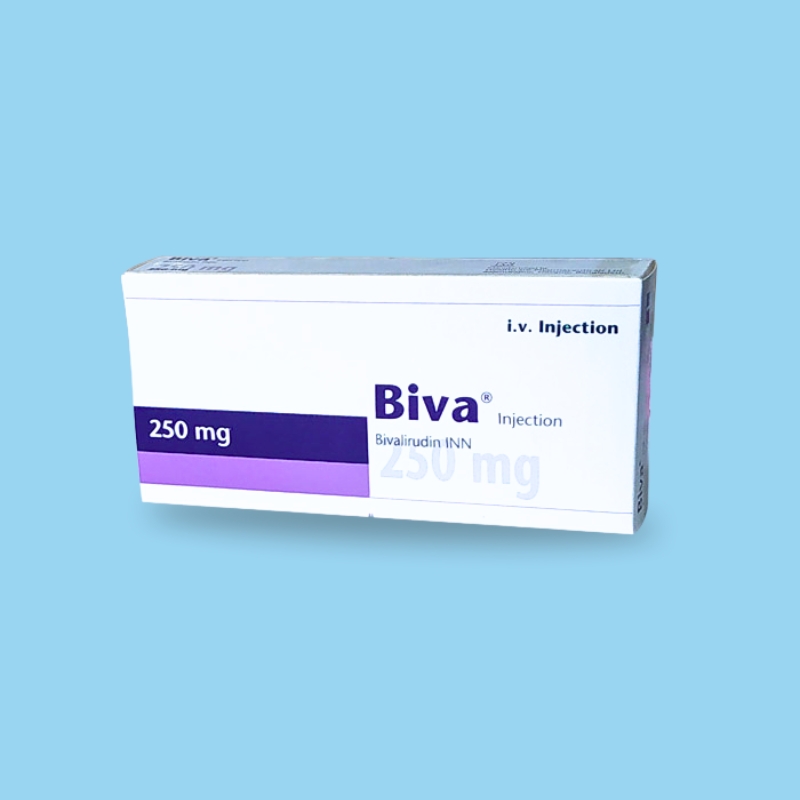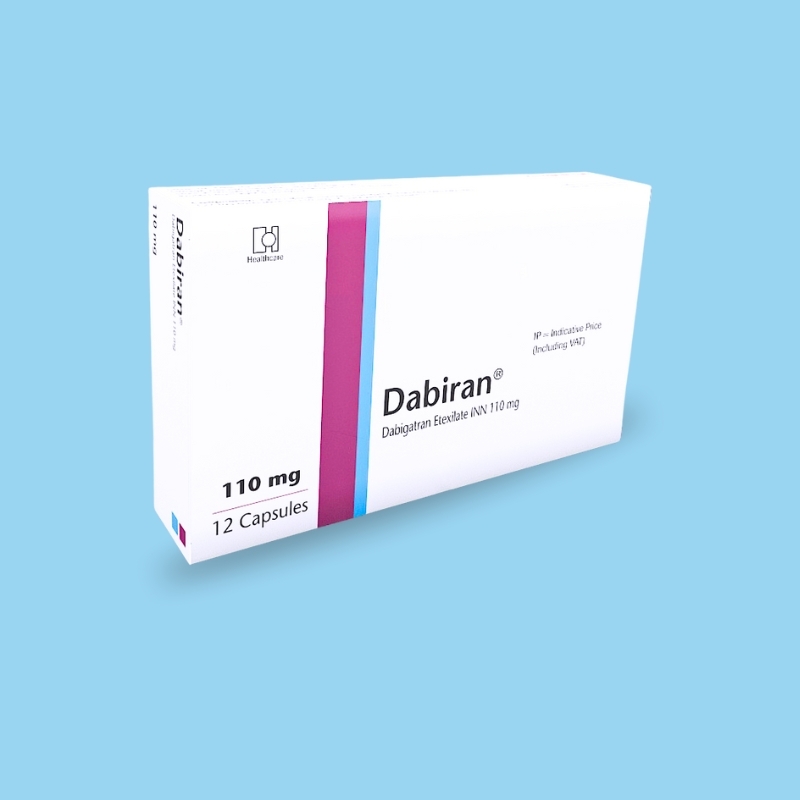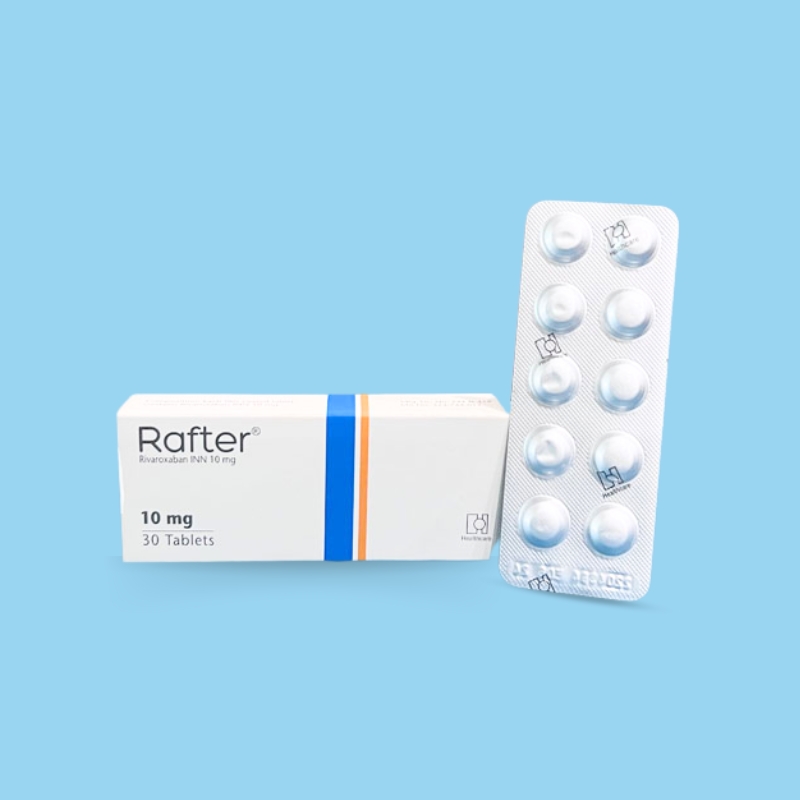Absorption: In clinical pharmacology studies in humans, the peak plasma concentrations of Rosuvastatin were reached 3 to 5 hours following oral dosing. Both the peak plasma concentration (Cmax) and the area under the plasma concentration-time curve (AUC) increase proportionally with the Rosuvastatin dose. The absolute bioavailability of Rosuvastatin is approximately 20%. The administration of Rosuvastatin with food decreases the rate of drug absorption by 20% (as assessed by Cmax), but it has no effect on the extent of absorption (as assessed by AUC).
Distribution: The mean volume of distribution at a steady state for Rosuvastatin is approximately 134 liters. Rosuvastatin is 88% bound to plasma proteins, mostly albumin. The binding is reversible and independent of plasma concentrations.
Metabolism: Rosuvastatin is not extensively metabolized; approximately 10% of a radiolabeled dose is recovered as a metabolite. The major metabolite is N-desmethyl rosuvastatin, which is formed principally by cytochrome P450 2C9. N-desmethyl rosuvastatin has approximately one-sixth to one-half of the HMG-CoA reductase inhibitory activity of Rosuvastatin. Overall, more than 90% of the active plasma HMG-CoA reductase inhibitory activity is contributed by Rosuvastatin.
Excretion: Following oral administration, Rosuvastatin and its metabolites are primarily excreted in the feces (90%). The elimination half-life (t₁/₂) of Rosuvastatin is approximately 19 hours.

Gender
There is no difference in plasma concentrations of Rosuvastatin between men and women.
Geriatric Patients: There is no difference in plasma concentrations of Rosuvastatin between elderly patients (≥65 years) and younger adults.
Pediatric Patients: In pharmacokinetic studies in the pediatric population (10 to 17 years of age) with heterozygous familial hypercholesterolemia, both Cmax and AUC of Rosuvastatin were similar to the values observed in adult subjects administered the same doses.
Renal Insufficiency: Mild to moderate renal impairment (creatinine clearance [CLcr] ≥30 mL/min/1.73 m²) has no significant impact on plasma concentrations when an oral dose of 20 mg Rosuvastatin is administered for 14 days.
However, in patients with severe renal impairment (CLcr <30 mL/min/1.73 m²), the plasma concentration of Rosuvastatin is increased threefold, which is clinically significant.
Hemodialysis: The steady-state plasma concentration of Rosuvastatin in chronic hemodialysis patients is approximately 50% higher compared to healthy subjects with normal renal function.
Hepatic Insufficiency: In patients with chronic alcoholic liver disease, plasma concentrations of Rosuvastatin are modestly increased.

Rosuvastatin is indicated for:
Primary hyperlipidemia and mixed dyslipidemia – as an adjunct to diet to reduce elevated Total-C, LDL-C, ApoB, non-HDL-C, and triglyceride (TG) levels and to increase HDL-C.
Hypertriglyceridemia – as an adjunct to diet.
Primary dysbetalipoproteinemia (Type III hyperlipoproteinemia) – as an adjunct to diet.
Homozygous familial hypercholesterolemia (HoFH) – to reduce LDL-C, Total-C, and ApoB.
Slowing the progression of atherosclerosis – as part of a treatment strategy to lower Total-C and LDL-C, as an adjunct to diet.
Pediatric patients (10 to 17 years of age) with heterozygous familial hypercholesterolemia (HeFH) – to reduce elevated Total-C, LDL-C, and ApoB after failing an adequate trial of diet therapy.
Risk reduction of myocardial infarction (MI), stroke, and arterial revascularization procedures – in patients without clinically evident coronary heart disease (CHD) but with multiple risk factors.

5–40 mg once daily, with or without food, at any time of the day.
The 40 mg dose is reserved for patients who do not achieve their LDL-C goal with 20 mg.
In pediatric patients (10–17 years of age) with HeFH, the usual dose range is 5–20 mg/day; doses greater than 20 mg have not been studied in this population.

Rosuvastatin is contraindicated in:
Patients with a known hypersensitivity to any component of the product.
Patients with active liver disease or with unexplained persistent elevations in serum transaminases.

Before initiating therapy with Rosuvastatin, an attempt should be made to control hypercholesterolemia through diet, exercise, weight loss (if obese), and treatment of underlying medical conditions.
The administration of Rosuvastatin 20 mg to patients with severe renal impairment (CLcr <30 mL/min/1.73 m²) results in a threefold increase in plasma concentrations compared with healthy subjects.

HMG-CoA reductase inhibitors are contraindicated during pregnancy and lactation.
Rosuvastatin should be administered to women of childbearing age only when they are highly unlikely to conceive and have been informed of the potential risks.
If a patient becomes pregnant while taking Rosuvastatin, therapy should be discontinued immediately due to potential risks to the fetus.

Rosuvastatin is generally well tolerated. Adverse reactions are usually mild and transient. 3.7% of patients discontinued therapy due to adverse effects. The most frequently reported side effects include:
Myalgia (muscle pain)
Constipation
Asthenia (weakness or fatigue)
Abdominal pain
Nausea

Cytochrome P450 3A4 Interactions
Ketoconazole – No significant effect on Rosuvastatin plasma concentration.
Erythromycin – Decreases AUC and Cmax of Rosuvastatin by 20% and 31%, respectively.
Itraconazole – Increases AUC of Rosuvastatin by 39% (10 mg dose) and 28% (80 mg dose).
Fluconazole – Increases AUC of Rosuvastatin by 14% (not clinically significant).

There is no specific treatment for Rosuvastatin overdose. In such cases, symptomatic and supportive treatment should be provided. Hemodialysis does not significantly enhance clearance of Rosuvastatin.

Store at a temperature not exceeding 30°C in a dry place, protected from light and moisture.


